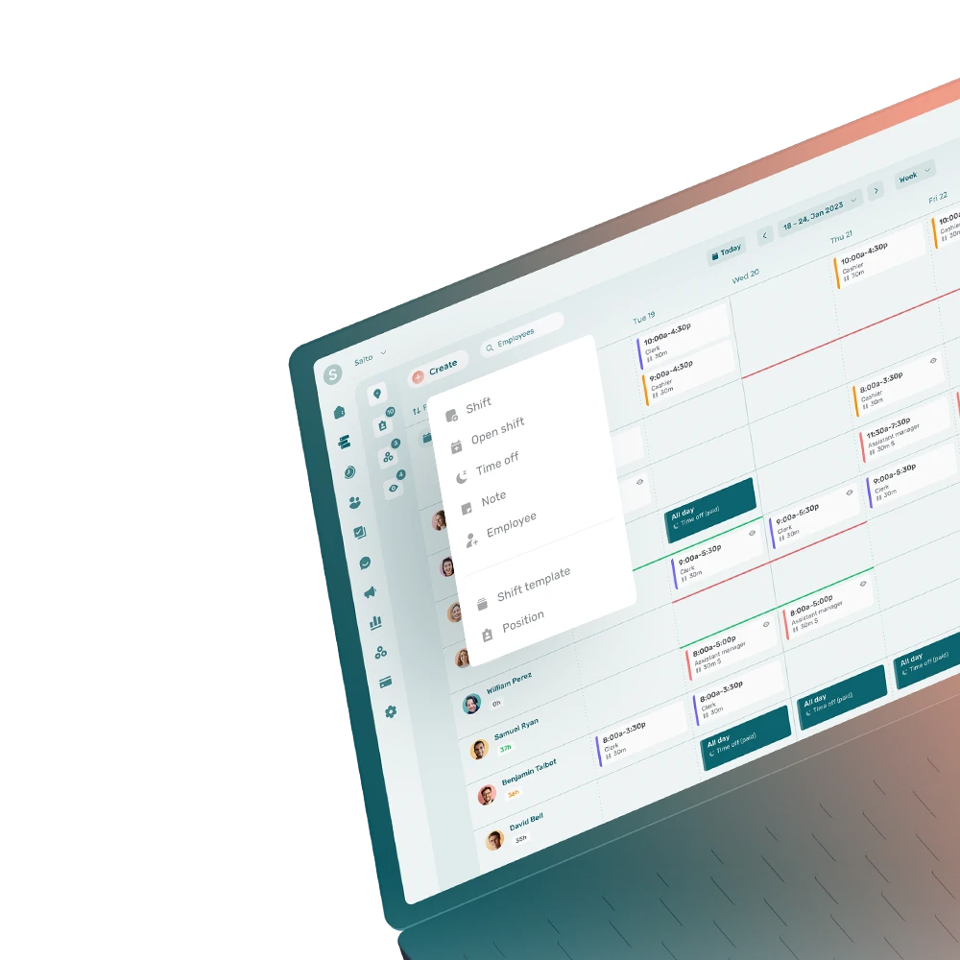HR reporting refers to a document that groups together HR indicators such as turnover rate, cost per hire, labor cost or absenteeism rate. Analysis of this data enables companies to make strategic decisions in line with their objectives.
What Is the Purpose of HR Reporting?
HR reporting is an important strategic tool for companies. It facilitates the recruitment process by providing data to better anticipate hiring needs. HR data can also be used to better target the skills required to fill vacancies.
Tracking the performance of different teams becomes simpler, as data is gathered in one place. Further, collecting data on employee satisfaction enables companies to adjust their practices and implement more effective solutions to boost team member engagement.
How to Do HR Reporting?
HR reporting differs according to the needs and objectives of a company. Effective HR reporting depends on the choice of indicators to be tracked.
The steps involved in HR reporting include:
- Establishing the needs and objectives of the company
- Determining the HR indicators to be tracked
- Choosing the right reporting tool (Excel or adapted HR software)
- Analyzing data and taking action
HR reporting must be concise and easily accessible.
Which Indicators Are Essential for HR Reporting?
The HR indicators to be tracked in an HR report depend on the objectives of the company. The most common HR indicators include:
- Evolution of total payroll
- Turnover rate
- Retention rate
- Absenteeism rate
- Labor costs
- Employee satisfaction rate




